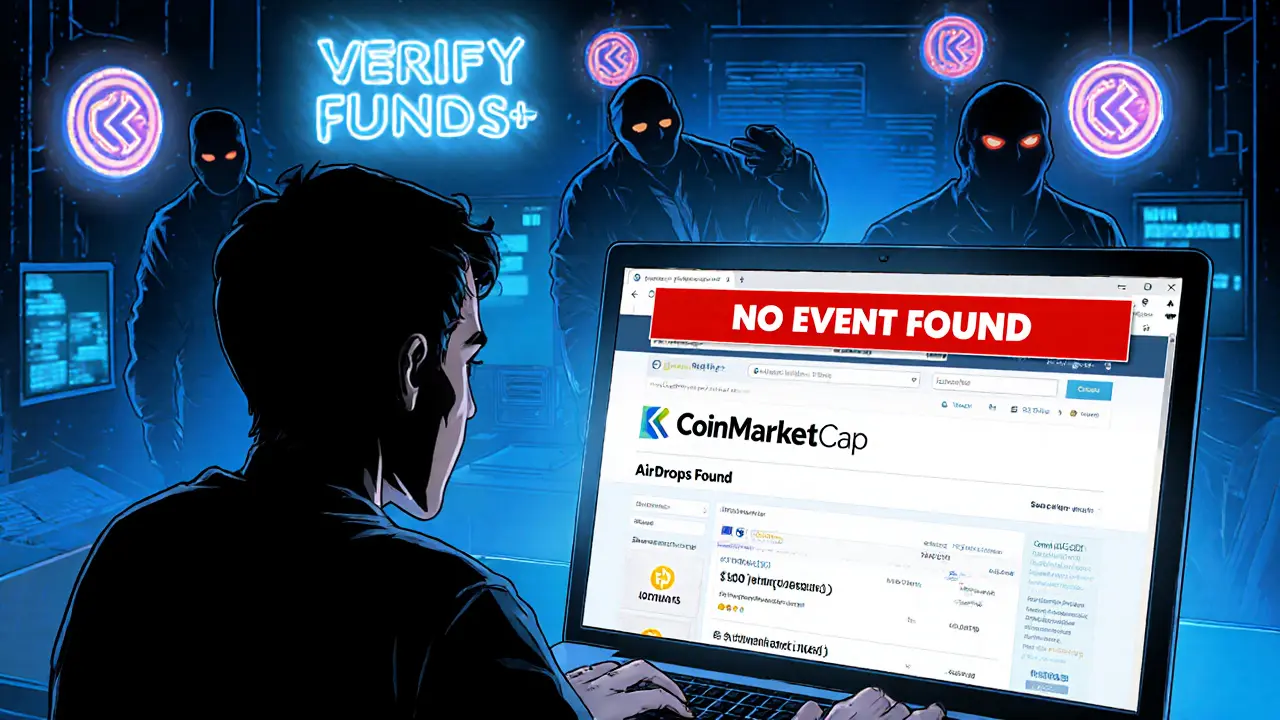KALATA 3rd round: What It Is, Who’s Involved, and What to Expect
When you hear KALATA 3rd round, a specific phase in the token distribution cycle of a blockchain project, often tied to community rewards or early adopter incentives. Also known as KALATA phase three, it’s not just another airdrop—it’s a checkpoint where projects test user engagement before full launch. Many people treat airdrop rounds like lottery tickets, but KALATA’s third round isn’t random. It’s designed to reward those who stuck around, did the work, and didn’t just jump from one giveaway to the next.
This round connects directly to other crypto airdrop, a distribution method used by blockchain projects to give away free tokens to build community and drive adoption campaigns you’ve seen—like POSI, CRDT, or APENFT. But unlike those, KALATA’s third round likely has stricter eligibility rules. It’s not just about signing up. You probably had to complete tasks: holding tokens, joining Telegram, verifying your wallet, or even using the platform. If you skipped earlier rounds, you might be locked out now. That’s intentional. Projects like this want loyal users, not one-time claimers.
The token distribution, the structured process by which a blockchain project allocates its native tokens to users, investors, and team members behind KALATA isn’t just about giving away free coins. It’s about aligning incentives. The third round often targets users who’ve already demonstrated value—whether by trading, staking, or referring others. That’s why some people get big rewards and others get nothing. It’s not luck. It’s tracking. If you’re wondering why your friend got tokens and you didn’t, check your wallet history. Did you interact with the contract? Did you hold during the snapshot? Those details matter more than your Twitter following.
And here’s the thing: KALATA isn’t operating in a vacuum. It’s part of a bigger wave of blockchain project, a decentralized initiative built on distributed ledger technology, often involving tokens, smart contracts, and community governance cycles that are getting smarter about user retention. The first round attracts curiosity seekers. The second filters out the casuals. The third? That’s where the real users are rewarded. If you’re in this round, you’re not just getting tokens—you’re being recognized as someone who understands how this space actually works.
What you’ll find in the posts below aren’t just announcements. They’re real case studies—how people claimed tokens from similar rounds, what went wrong, who got scammed, and how to spot red flags before you commit your time. Some of these guides cover exchanges like Zedxion and HTX Thailand that were involved in token listings. Others break down how airdrops like SOS Foundation or Divergence structured their eligibility. You’ll see patterns. You’ll learn what to check before you click "claim." And you’ll understand why some rounds disappear after phase three—because the team never intended to deliver, not because you missed the deadline.
Don’t treat KALATA 3rd round like a free gift. Treat it like a final exam. If you passed, you’re ahead. If you didn’t, now you know why—and how to do better next time.
The KALA 3rd Round KALATA X CMC airdrop is not live as of October 2025. Learn how to spot real campaigns, avoid scams, and prepare your wallet so you're ready when it drops.

